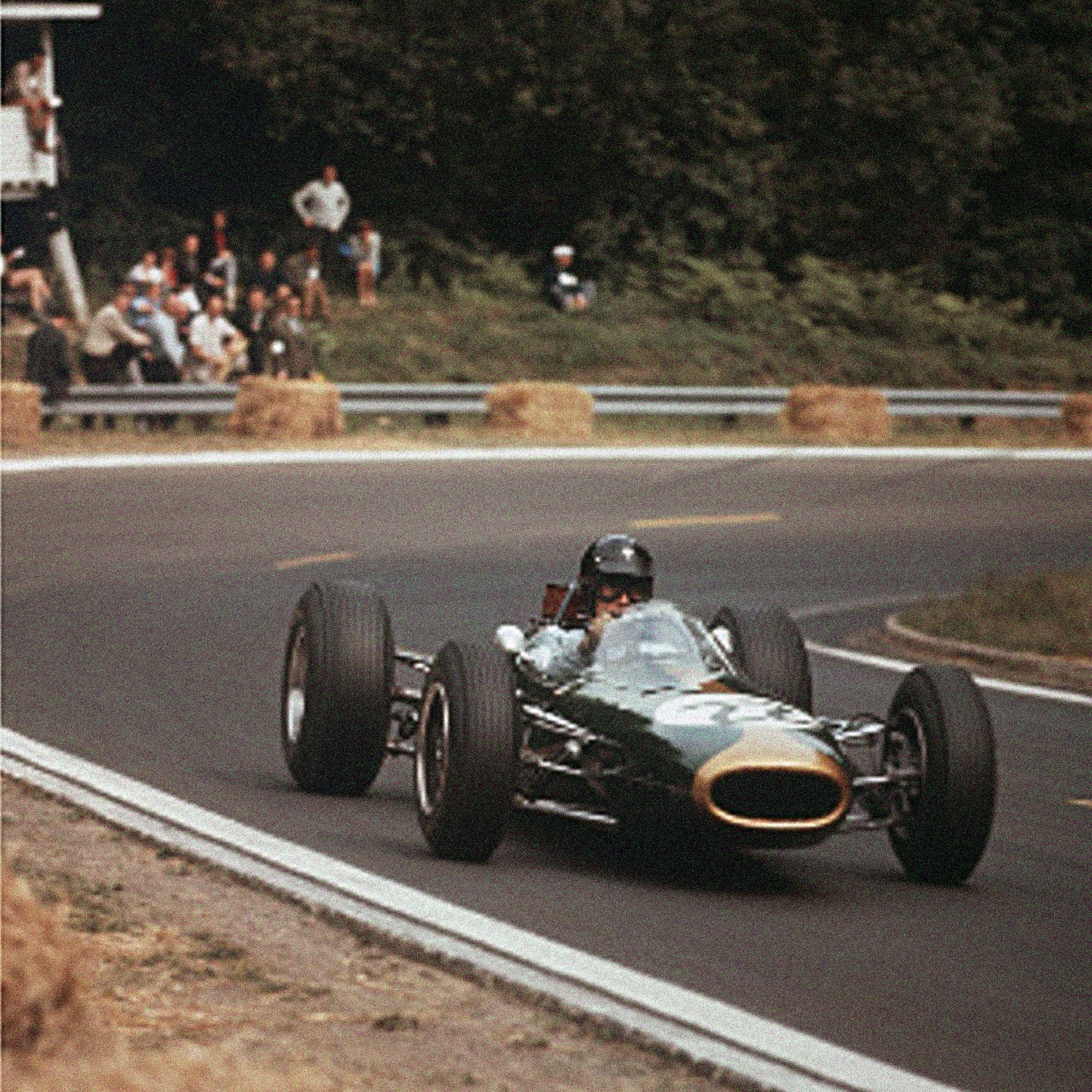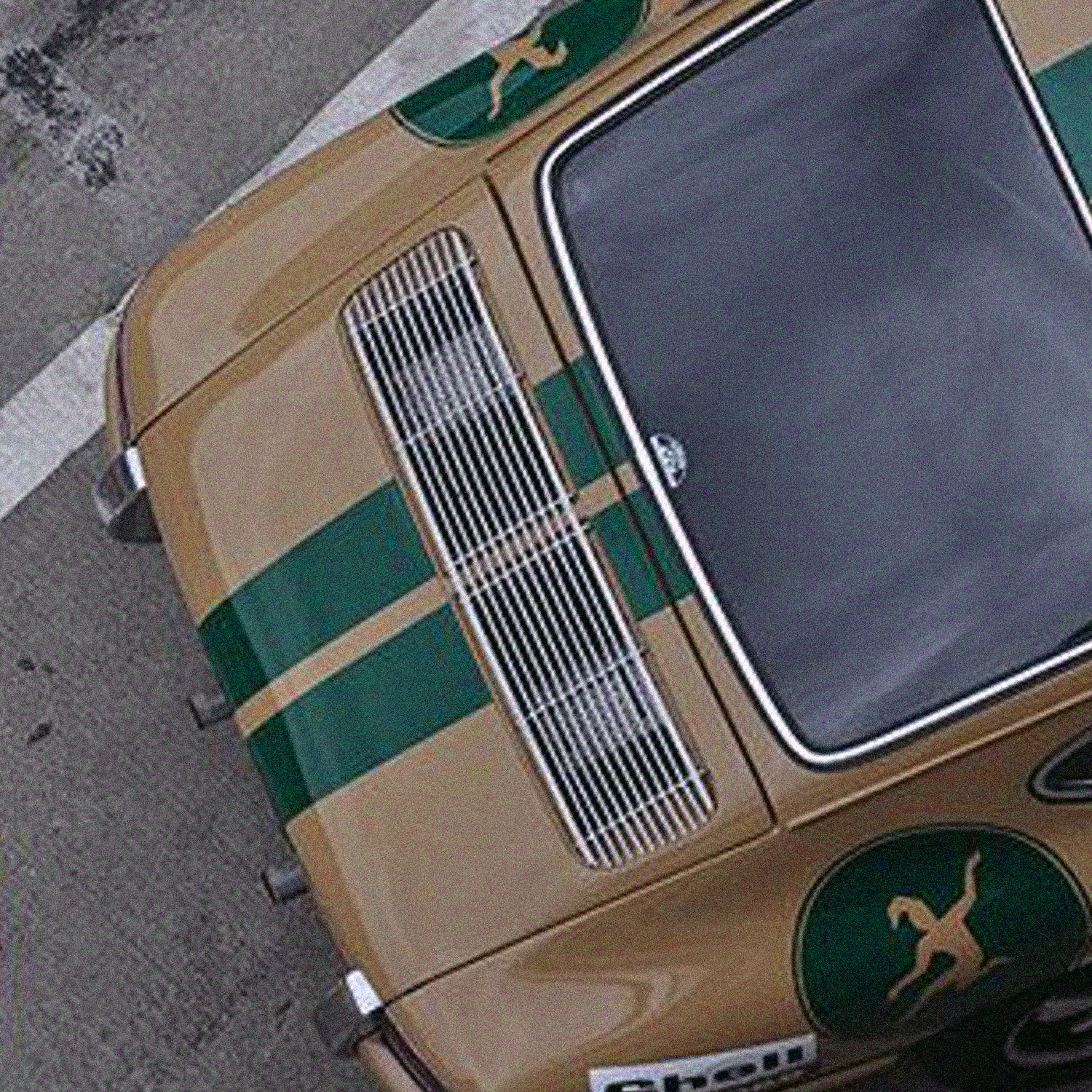
Brabham BT7
The only Formula 1 driver to achieve the remarkable feat of winning the World Championship in a car bearing his own name, Sir Jack Brabham, will undoubtedly remain unparalleled in this regard. Despite his vigorous and assertive driving style, he possessed a profound mechanical comprehension that rendered his machines exceptionally reliable and robust in an era when open-wheel racecars were generally perilously fragile.
Brabham’s engineering aptitude manifested itself when he served as a “fitter” in the Royal Australian Air Force, but upon his discharge following the conclusion of World War II, he developed an interest in speedcars (the Australian term for midgets) and secured five national and regional championships in them from 1948 to 1951. After shifting his focus to road racing using Coopers, he continued to exhibit remarkable skill, and relocated to the UK to pursue a career in the sport. There he remained faithful to the Cooper brand, establishing a rapport with founder Charles Cooper and his son John while competing with the marque’s innovative rear-engined cars in both Formula 2 and Formula 1.
As he secured the 1958 Autocar F2 title, Brabham’s previously erratic F1 career also began to improve, and he achieved several top 10 results that year. Then came the crucial turning point - Cooper obtained the 2.5-liter Climax engines for 1959, and two victories and three other podium positions in an eight-race season were sufficient to grant Brabham the World Championship. He repeated this feat in 1960 after a remarkably dominant streak of five consecutive wins, leading his future team owner rival Bruce McLaren in a Cooper 1-2 in the Constructors’ Championship.
Cooper, the pioneer of the rear-engined trend, was surpassed by the transition to 1.5-liter engines in 1961, and Brabham endured a disappointing year in terms of F1 results. However, he also became a businessman - and an Indy car driver! He co-founded Motor Racing Developments with designer and engineer Ron Tauranac, a company that initially built Formula Juniors but had a long-term vision for advancing to F1.
Moreover, that year, he befriended Rodger Ward, who would later win the Indy 500 twice, and Brabham was the one who sparked the rear-engined revolution at the Brickyard. Equipped with a Cooper, he participated in the 45th Indianapolis 500 and caused a mild surprise by outpacing many of the more potent front-engined roadsters, qualifying 13th and finishing ninth.
With the Brabham BT3, the two-time World Champion accumulated six points in the 1962 F1 World Championship, and the next year, he enlarged the team to a two-car operation and recruited the talented Dan Gurney as his teammate. Together, they amassed 30 points, which propelled the team to third in the Constructors’ Championship - an impressive achievement for a squad in its second season.
In 1964, Gurney’s wins in Rouen and Mexico City gave the team a boost and showed their potential. The next year, they had no chance against the dominant Clark and Lotus 33, but in 1966, they were ready for the new 3-liter era, thanks to Jack’s vision. He had asked Repco, an Australian company, to build a reliable engine based on an Oldsmobile design. He was right: Ferrari had problems all year, Lotus had no suitable engine, and Jack cruised to his third World Championship.
In 1967, Jack knew that the Lotus 49s with the powerful Ford-Cosworth engine would be tough to beat. He decided to experiment with his own car, adding new and innovative components, but they sometimes failed him. His teammate Hulme, on the other hand, kept his car more simple and reliable, using fewer “gimmicks,” and this gave him an advantage over his boss in the race for the ’67 drivers’ title. Together, they secured the top two spots in the Drivers’ Championship, making it two consecutive Constructors’ titles for their team.
After Hulme moved to McLaren’s team in 1968, Brabham hired Rindt as his new teammate, but they both struggled with Repco’s unreliable engines. That year, three drivers died in racing accidents, making Brabham, who was 42 years old, question the worth of risking his life. He was more interested in his business, which was making the best Formula 2 cars at that time.
But Jack always prioritized his team over himself, so when Lotus took Rindt away in 1969, he decided that he was the best person to lead his team, which now had Cosworth engines.
He proved himself right, as he claimed two pole positions and two podiums, despite missing three races due to a foot injury. His new teammate Ickx also won two races for the team. Jack felt he could retire peacefully, knowing he had a star driver who would keep his cars competitive.
In 1970, Ickx left for Ferrari and Brabham, who was almost 44, decided to race again. He won the first race of the season in South Africa. He almost won the Monaco Grand Prix, but made a mistake on the last corner under pressure from Rindt. He also could have won the British GP, but he ran out of gas on the final lap. His car was not very reliable, which prevented him from challenging Rindt and Ickx, who used to work for him, for the title.
He also felt the urge to stop racing from his family, especially after seeing some of his rivals die. McLaren, who was Brabham’s former teammate, driver/engineer and friend, died in a Can-Am test. Courage crashed and died in the Dutch Grand Prix. Rindt died at Monza and became the only posthumous World Champion.
So, with some regret, Jack Brabham retired at the end of 1970 with 14 Grand Prix victories, 13 poles and three World Championships.
After selling his stake in the company to Tauranac, who teamed up with Bernie Ecclestone, Brabham received an honorary knighthood from England in 1979 and became Sir Jack Brabham. His sons Geoff, Gary and David also showed their talent in open-wheel racing, but achieved more fame in sports cars.
Brabham passed away in May 2014, and Dan Gurney wrote: “A motor racing legend has departed from our world whose accomplishments as F1 World Championship driver and car builder will probably never be matched. Black-haired “Black Jack” was a formidable rival, a brilliant engineer, a fierce driver, a skilled politician and a hands-on inventor and visionary…
“I followed his footsteps by trying to make, race and win with my own F1 cars. I have been told that only three men in the history of auto-racing have done that. Bruce McLaren and I won races, but Sir Jack Brabham won World Championships. He will be always in a league of his own.



